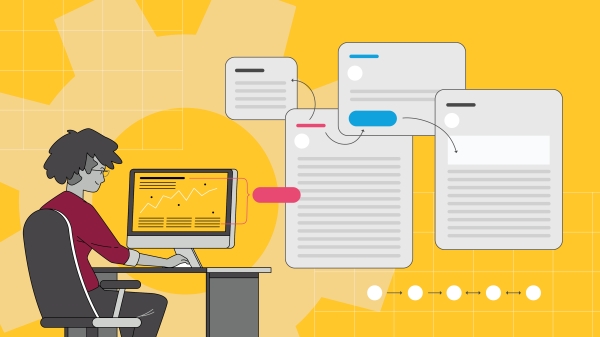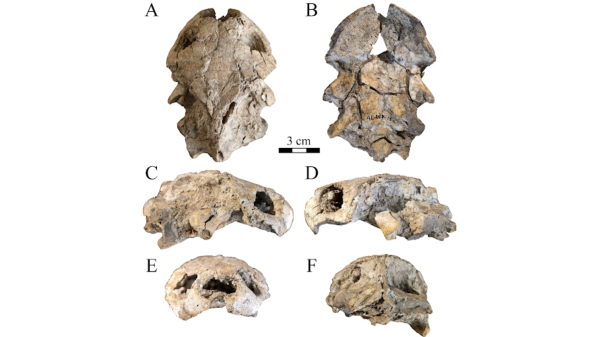New human-mobility prediction model offers scalability, requires less data

ASU Professor Ying-Cheng Lai
A new method to predict human mobility — which can be used to chart the potential spread of disease or determine rush-hour bottlenecks — has been developed by a team of researchers, including one from Arizona State University.
Titled "Universal model of individual and population mobility on diverse spatial scales," the research was published in the Nov. 21 issue of Nature Communications.
The research was conducted by Ying-Cheng Lai, a professor of electrical, computer and energy engineering at ASU. He worked with Xio-Yong Yan and Zi-You-Gao from the Institute of Transportation System Science and Engineering at Beijing Jiaotong University and Wen Xu Wang from the School of Systems Science and Center for Complexity Research at Beijing Normal University.
Researchers found that, based on empirical data from cellphones and GPS records, people are most inclined to travel to “attractive” locations they’ve visited before, and these movements are independent of the size of a region. The new mobility method uses mathematical calculations based on that data, providing insights that can be discerned regardless of size of the region being tracked.
“The new mobility prediction method is important because it works at both individual and population scales, regardless of region size,” explained Lai. “Until now, different models were necessary for predicting movement in large countries versus small countries or cities. You could not use the same prediction methods for countries like the U.S. or China that you’d use for Belgium or France.”
Information gathered using the new process will be valuable for a variety of prediction tasks, such as charting potential spread of disease, urban transportation planning, and location planning for services and businesses like restaurants, hospitals and police and fire stations.
Tracking human movements began about a decade ago and revealed the necessity for two different prediction models — one for large geographic areas like large countries and one for small countries or cities. Additionally, tracking at scale currently relies on measuring travel flux between locations and travel trajectories during specific time frames, requiring large amounts of private data. The new algorithm, based solely on population distribution, provides an alternative, more practical approach.
More Science and technology

When facts aren’t enough
In the age of viral headlines and endless scrolling, misinformation travels faster than the truth. Even careful readers can be…

Scientists discover new turtle that lived alongside 'Lucy' species
Shell pieces and a rare skull of a 3-million-year-old freshwater turtle are providing scientists at Arizona State University with…

ASU named one of the world’s top universities for interdisciplinary science
Arizona State University has an ambitious goal: to become the world’s leading global center for interdisciplinary research,…